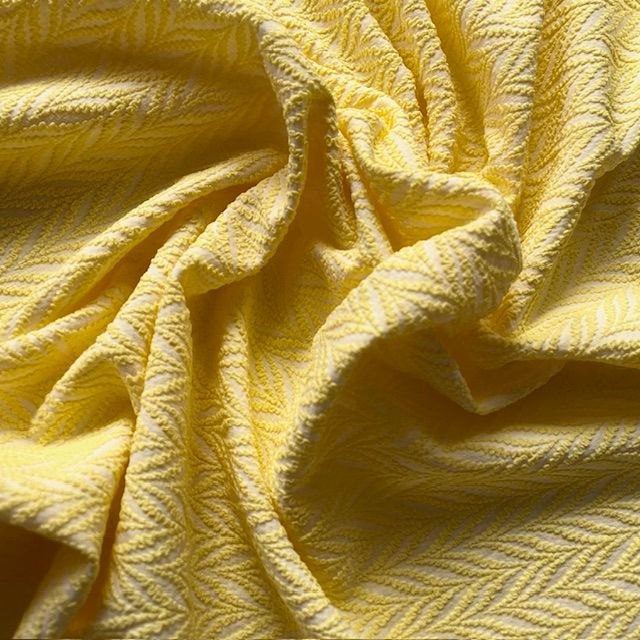Sometimes it's hard to make a swimming costume or pattern that fits perfectly.
It's for exactly the same reasons that it's often difficult to find a suitable swimming costume in the shops.
Swimwear is a highly technical garment. This article is dedicated to all those who make their own swimwear, designers, ...
It is also an introduction to the modelling of stretch garments, swimwear, bodysuits, etc.
Why?
A swimming costume pattern is made on the basis of different parameters, all of which will have an impact on the design and creation of your swimming costume. It's important for me to pass on a few important concepts that you should bear in mind when you start making swimwear.
- the size grid
- the employer's reduction coefficient (from 12- 15%)
- the textile(s) to be used
- the design/style of the jersey, including the stability of the jersey with the position of the tension lines, anchoring points, etc.
Examples of different jerseys with stress lines.
So many parameters that will have an impact on how well the jersey goes.
Size chart and morphology
Your measurements and body shape will have an impact on how well you go.
Not everything can be summed up in the size chart attached to a pattern.
But what should we remember?
Generally speaking, the main measurements to choose are :
- stature -> vertical impact on tensions
- the circumference of the underside of the chest -> has a horizontal impact on tensions
- cup size -> impacts tension horizontally and vertically
- the circumference of the hips-> has a horizontal impact on tensions
- morphology, including the position of the pelvis: retroversion and inflexion of the pelvis > impact on vertical tension
Depending on your measurements and deviations from the pattern size grid (design block), the tension lines and anchor points will be modified to a greater or lesser extent, which can create creases, excess material, etc.
An article will be written specifically to give tips on how to modify a pattern to suit your morphology.
The pattern reduction coefficient
The higher the reduction coefficient, the fewer people the garment will suit in each size.
That's why it's harder to find a swimming costume that suits you than a bodysuit, for example.
I generally (with a few exceptions) only modify a pattern horizontally for the following reasons:
- When a person moves, bends down, jumps, etc., they are essentially changing the length of their body and not its circumference(s). The fact that no vertical reduction is applied means that the garment is more comfortable and flexible when worn. If the garment is reduced vertically, as it is already reduced horizontally, it will tend to move/stretch on the body.
- When you put tension on a stretch fabric, it naturally tends to shrink at right angles. It all depends on the fabric. You have to test the fabric. So if you apply a horizontal reduction, the fabric will de facto "shrink" vertically.
In the pattern instructions for our collections we mention the percentage reduction for each pattern.
Textiles used
As mentioned above, when you exert tension on a stretch fabric, it naturally tends to shrink in the direction of the tension. the right angle. This phenomenon varies from one fabric to another.
I'd like to take this opportunity to write a few lines about linings
The linings to be used are soft, supple, lightweight fabrics.
If you make your swimming costume with a fabric similar to the outer fabric (sometimes the same fabric is used commercially), the tensions of the fabric on the inside of the garment will apply and cause the outer fabric to roll. That's why I always recommend using jersey linings rather than a jersey fabric (e.g. reverso jersey).
And rubber bands: use laminettes!
To conclude: follow the recommendations supplied with each pattern.
The design/style of the jersey
This section deserves an article of its own.
Idonim offers comfortable swimwear patterns adapted to different body shapes. Our swimwear is designed for different breast cup sizes, except in very special cases (e.g. when the model is not suitable or has support limits due to its design or style).
Comfort - Safety = STABILITY of the jersey = stability of the tension lines and anchoring point
The design must incorporate STABLE stress lines!







